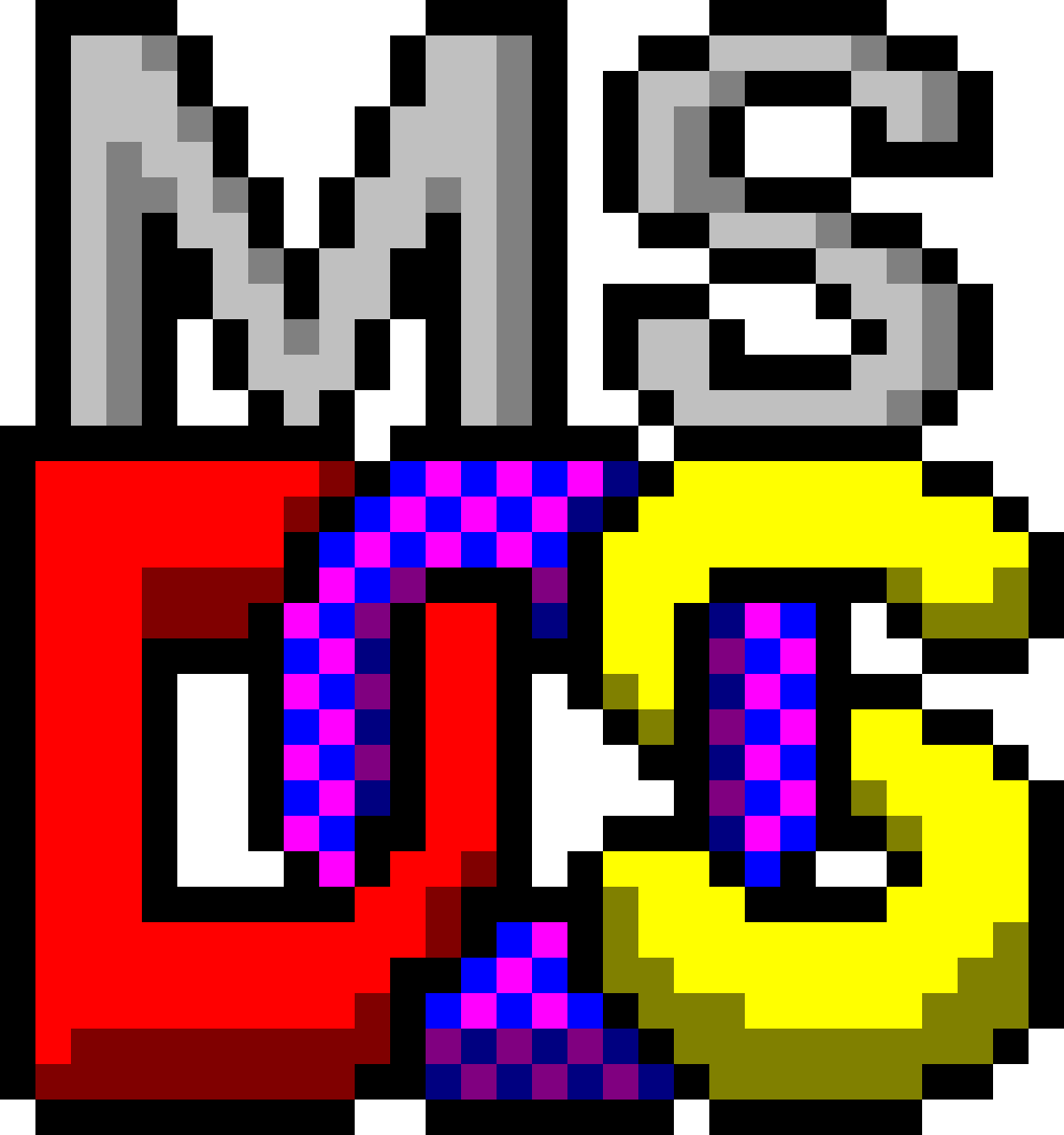WWII sent a very clear message. You can annex Austria. You can invade Czechoslovakia. You can take over Lithunia. But you don’t fuck with Poland
Well, I mean, you can fuck with Poland a little bit. You just can’t take over, like, too much of Poland.
WWII sent a very clear message. You can annex Austria. You can invade Czechoslovakia. You can take over Lithunia. But you don’t fuck with Poland
Well, I mean, you can fuck with Poland a little bit. You just can’t take over, like, too much of Poland.


Some extra info about Sierra’s game engines…
AGI was indeed first used in KQ1, though earlier Sierra adventure games (even going back to Mystery House in 1980) used something extremely similar. AGI was just formalizing what they’d done before and setting it as a common platform for all future games.
In those days, it was, of course, not possible to write an entire adventure game in machine code because there wasn’t even memory to hold more than a handful of screens. The use of bytecode was as much a compression scheme as anything else. So AGI was just a bytecode interpreter. Vector graphics primitives (e.g., draw line, flood fill) could be written in just a few bytes, much better than machine code.
Ken Williams made a splash with early Sierra games because he had an extremely simple insight that most others at the time didn’t seem to have: for graphics operations, allow points to be on even-numbered x coordinates only. Most platforms had a horizontal resolution of 320, too much for 1 byte. Ken Williams had his early game engines divide every x coordinate by 2 so that it could fit into a single bit (essentially getting only 160 horizontal pixels). A silly trick, but it got big memory savings, and allowed him to pack more graphics into RAM than many other people could at the time.
After AGI (KQ3 was the last King’s Quest to use AGI), Sierra switched over to their new game engine/bytecode interpreter: SCI. SCI was rolled out in two stages, though.
SCI0 (e.g., KQ4) was 16 colours and still revolved around the text parser. SCI1 (e.g., KQ5) was 256 colours and was point-and-click. (SCI2 and later were full multimedia)
For the game player, the major differences you’ll notice between AGI and SCI0 (both 16 colours, both text-based) are that SCI0 renders using dithering, gets full horizontal precision (x coordinates stored in 2 bytes), multiple fonts, support for real sound devices (MT32, Adlib). For the programmer, though, AGI and SCI0 were pretty radically different. SCI0 as a programming language was an object-oriented vaguely Scheme-inspired sort of language, and was actually pretty radically different from AGI.


According to here, Vermont and Utah do not have any titled players. At least Oregon has a FM.


The article mentions they’ll continue making the eZ80. If you’re in the middle of making a PCB around the Z80, you’ll just have to change the pins, I guess.
To be fair, it’s the newest rule change, so some older players may think it some new-fangled whipper snapper thing. We’ve only had about 150 years to get used to it.
The end game of chess is social alienation and alcoholism. The only winning move is not to play. Everything else is a blunder.
I play chess960, so I just keep aborting games until I get a board where f3 makes sense.
Let’s do the CBA.
Keep playing:
Resign:
Tough choice.


It is, but it probably shouldn’t be any more. WebP has good support everywhere now and is slightly better than JPEG and PNG combined. (Better lossy compression than JPEG, plus transparency support, and better lossless compression than PNG). But even WebP is considered lame these days compared to the new crop.
E.g., JXL (JPEG XL) is much better WebP and is supported by everyone except Google (which is ironic since Google helped create it). Google seems to want AVIF to be the winner for the new image format, but not many others do.
Anyway, until the Google JXL AVIF hissy fit is dealt with, at least we’ve still got WebP. It’s not super great, but it’s at least better than JPEG and PNG. A lot of web developers are stuck in their old JPEG PNG mindset and are being slow to adapt, so JPEG is still hanging around.


aborting everytime you are black


Here’s another reason you should never resign: endgames are crazy hard, and not resigning is the only chance you’ll ever get to practice them.
I feel like this should be required reading for a lot of Linux users. That article is a couple years old now, but I think is even more true now than it was when it was written. Having a middleman (package maintainer) between the user and the software developer is a tremendous benefit. Maintainers enforce quality, and if you bypass them, you’re going to end up with Linux as the Google Play Store (doubly so if you try and fool yourself into thinking it won’t happen because “Linux is different”)
Linux is the only platform to get native WebGL, too!
It’s in Proverbs 11:20
The C++ developers are an abomination to the Lord,
But the Rustaceans in their Rust-based OSes are His delight.


Totally agreed. I never used Twitter. I tried in earnest to use Mastodon for a couple years, because I wanted it to to succeed, just kind of ideologically.
Eventually I realized that the whole concept of “microblogging” is just fundamentally awful. (At least for me)


It’s true. And people try to jump on to similar things. “It’s just like how email works!”, or “It’s just like how international phone calls work!”
Yeah, nobody has any clue how those two things work, either.


The search term is censored by DuckDuckGo in Korea. Even robots apparently think it’s going to be an IoT buttplug.


That’s Saturday night in North American time zones. Just a heads up in case you’re planning a boys’ night out a couple hundred billion years in advance, maybe move it to Friday night in case the world ends Saturday night.
“But you already have a queen on the board”
“Have you heard of a sex act called ‘the ladder mate’? You’re the bottom bitch”